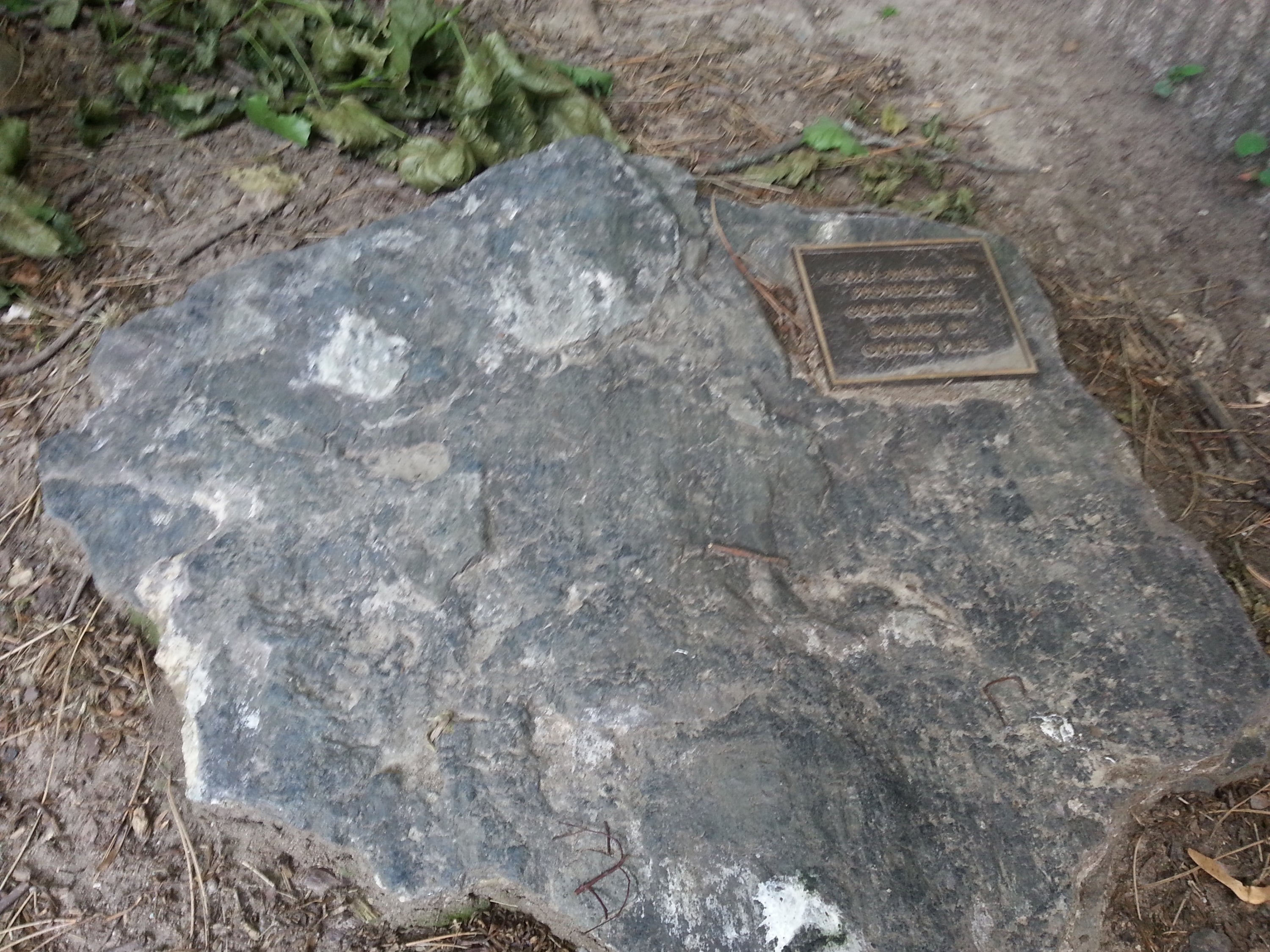
The greatest geological event of economic importance to the Cobalt area took place between 2217 and 2210 million years ago. An enormous magma sill, 1,000 feet thick, burst into both the Huronian Supergroup sedimentary rocks and the Keewatin Basalt. The sill, named the Nipissing Diabase, intruded with such intensity that slickensides and fractures formed all through the pre-existing country rock. Slickensides are smooth, shiny surfaces created by the strong shearing forces of rocks against one another. Fractures are cracks formed when the stress from the intrusion overcomes the strength of the rock that was there first.
These fractures provide a "highway" for hot, mineral-rich fluids to travel away from the diabase sill, creating various precious metal deposits in these cracks. The average thickness of these veins ranged from three to four inches wide, and the silver deposited here is mostly pure, in its native form! Other minerals in the veins include cobalt and nickel arsenates (very rich in arsenic!).
Indicator minerals are used by prospectors when searching for cobalt and silver veins. These minerals are weathering products, nicknamed "bloom"s. A pink "bloom" indicates cobalt while a green "bloom" indicates nickel.